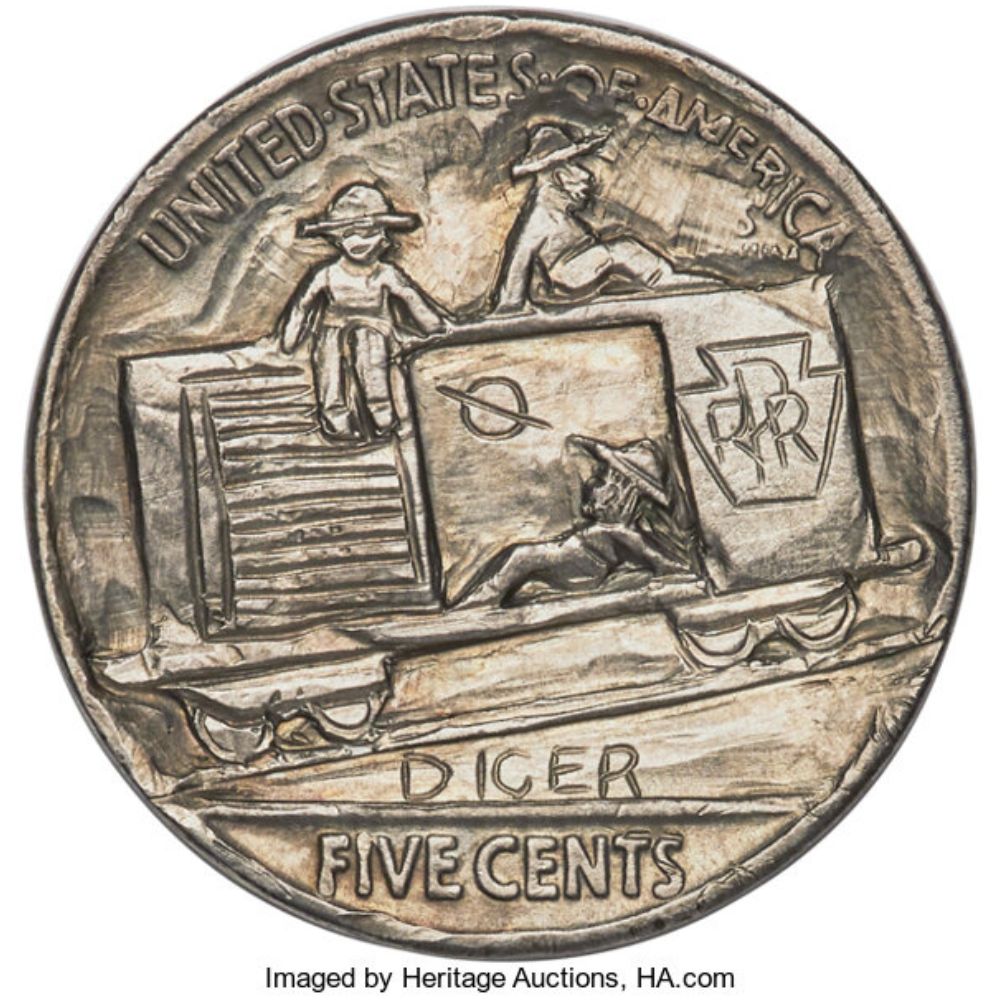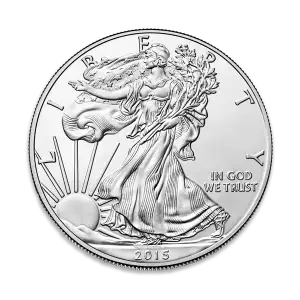
Coins have long held a special place in the hearts of collectors and enthusiasts. The allure of these precious metal discs goes beyond their monetary value, as they often carry historical significance and aesthetic appeal. To accurately assess the quality and value of a coin, collectors and dealers rely on various grading systems. One such system is the PCGS (Professional Coin Grading Service) designation, which provides additional information about specific attributes of a coin. In this article, we will delve into the world of PCGS coin designations, exploring the different categories and their importance in the numismatic community.
What are Designations and Why are They Important?
For certain coins, a numerical grade alone does not suffice. Collector preferences and market demand have given rise to the use of designations. Designations are ratings added after the numerical grade to describe particular attributes of a series that hold importance and value to collectors. These designations provide a more detailed assessment of a coin's condition, strike quality, color, and surface reflectivity or contrast.
Designations can significantly impact the value of a coin, with certain attributes commanding higher prices in the market. By understanding these designations, collectors and dealers can make informed decisions and accurately assess the desirability and worth of a coin.
The Three Main Categories of Designations
Designations can be broadly categorized into three main categories: color, strike, and surface reflectivity or contrast. Let's explore each category in detail:
Color Designations
Color designations are assigned to Mint State and Proof copper coins, such as Half Cents, Large Cents, Small Cents, Two Cent pieces, and some patterns. These designations indicate the remaining original red color visible on the coin. The three color ratings are as follows:
- Red (RD): 95% or more original red visible.
- Red & Brown (RB): 5% to 95% of original red visible.
- Brown (BN): Less than 5% of original red color visible.
It's important to note that color is a continuum, and these designations represent ranges of remaining original (red) color. Full Red copper coins typically command higher market prices compared to their Brown or Red & Brown counterparts.
Strike Designations
The strike designations acknowledge the quality of the strike on certain portions of the coin's design. These designations are applicable to Mint State silver and nickel coins, where recognition is given to portions of the design that contain all the original detail engraved into the dies. The four strike designations recognized by PCGS in five series are:
- Full Steps (FS) for Jefferson Nickels.
- Full Bands (FB) for Mercury and Roosevelt Dimes.
- Full Head (FH) for Standing Liberty Quarters (Types 1 and 2).
- Full Bell Lines (FBL) for Franklin Halves.
As dies wear over time, these portions of the design can become flattened and may not be adequately struck onto the coin. A weak striking pressure can also contribute to a poor strike. Coins with full strikes in these designated areas often command higher market values compared to those with flat or partial strikes.
Surface Reflectivity or Contrast Designations
Surface reflectivity or contrast designations focus on the reflectivity of fields on Mint State coins and the contrast visible on Proof coins. PCGS recognizes two levels of reflectivity for Mint State coins, predominantly Morgan Dollars:
- Prooflike (PL): Coins with fields that display a certain degree of reflectivity.
- Deep Mirror Prooflike (DMPL): Coins with fields exhibiting a deep mirror-like reflectivity.
For Proof coins, recognition is given to coins with high visual contrast between the devices and the fields. This is typically achieved through frosting on the devices and mirror-like reflectivity on the fields. The two levels of surface contrast recognized are:
- Cameo (CAM): Coins with visible frosting on the devices and mirror-like fields.
- Deep Cameo (DCAM): Coins with a deeper level of frosting on the devices and mirror-like fields.
Coins with higher surface reflectivity or contrast often possess enhanced visual appeal and can command higher market values.
Further Exploration of Designations
While this article provides a comprehensive overview of PCGS coin designations, there is much more to explore. PCGS offers educational resources such as the Grading 102 class, held three times annually at the Long Beach Coin and Stamp Exposition. These classes provide in-depth coverage of designations and offer valuable insights for collectors and dealers alike.
PCGS coin designations play a crucial role in assessing the quality and value of coins. Whether it's the color, strike quality, or surface reflectivity, these designations provide collectors and dealers with a deeper understanding of a coin's attributes. By familiarizing themselves with these designations, numismatic enthusiasts can navigate the coin market with confidence, ensuring they make informed decisions that align with their collecting goals.





